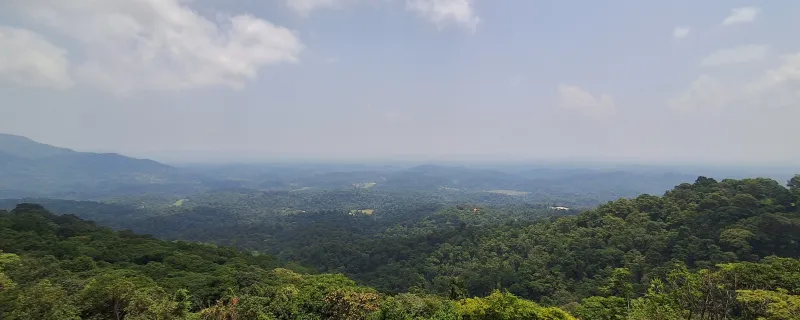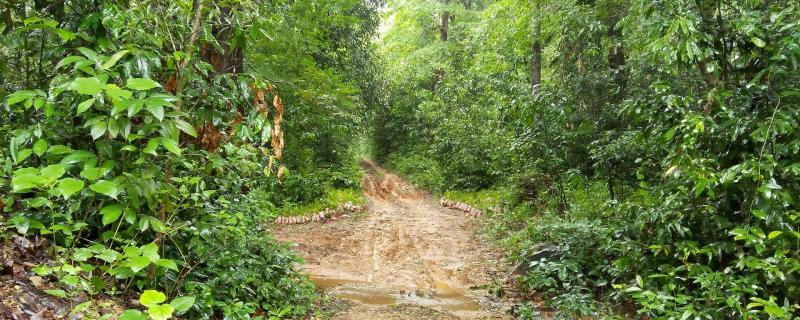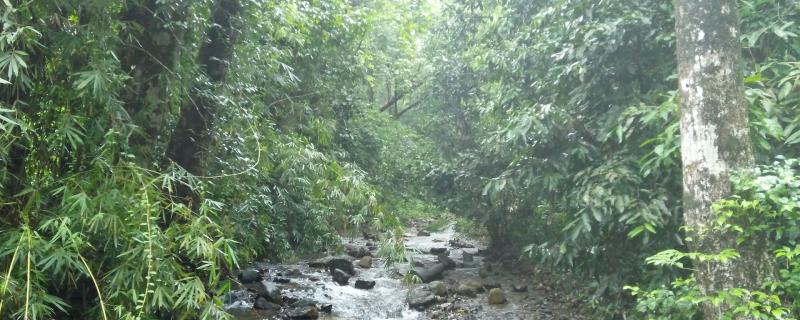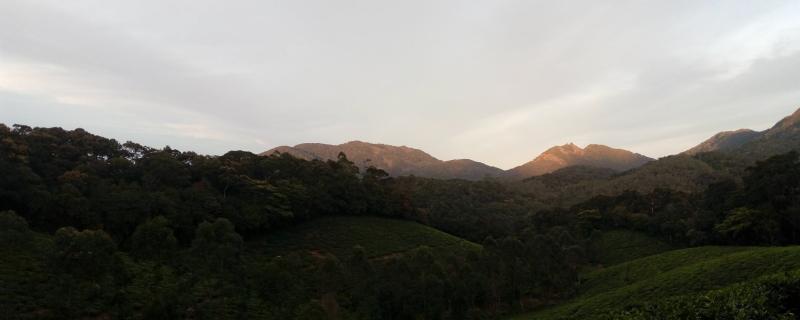IISc researhers have developed a Natural Resource Rich Regions ranking method to identify and rank areas rich in natural resources, crucial for effective conservation and sustainable development.
IIT Bombay’s new deep learning framework, named SpADANet, enhances damage classification accuracy using limited labels across multiple hurricanes.
Mumbai/




![Savanna grasslands of Africa. [Image Credits: Calle v H / CC BY 2.0 via Wikimedia Commons] A new mathematical model explains how seed dispersal maintain savanna and forest biomes](/sites/researchmatters/files/styles/large_front_800x320/public/suma11.jpg?itok=JOtyVjsU)

